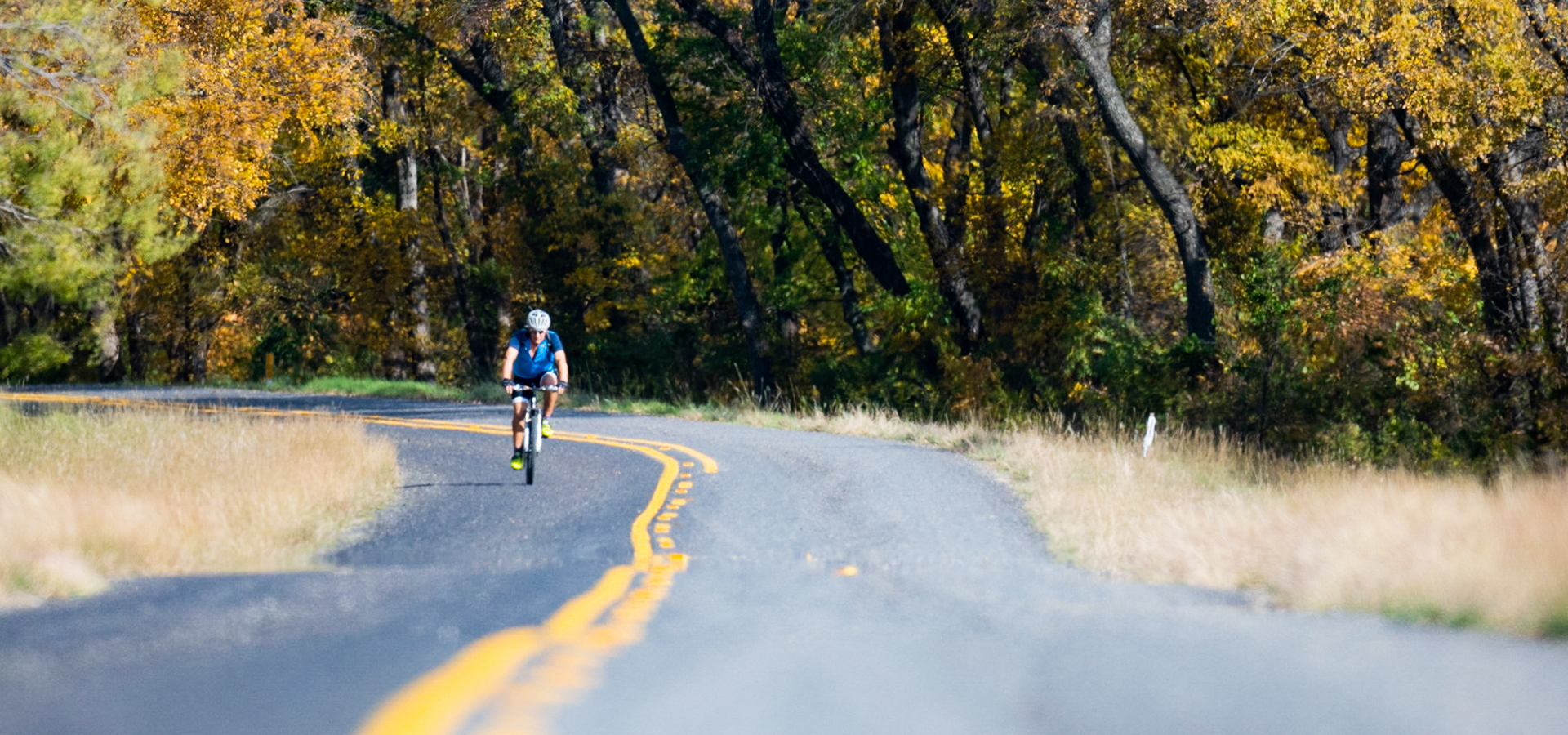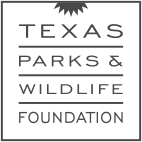One of the perks of being a We Will Not Be Tamed ambassador is participating in a photoshoot with a professional photographer in a fabulous Texas location. For ambassador Dan Oko, that involved a trip to Palo Pinto Mountains State Park. Dan offered to share his experience with all of us and penned this blog post about his recent visit to Palo Pinto Mountains State Park…
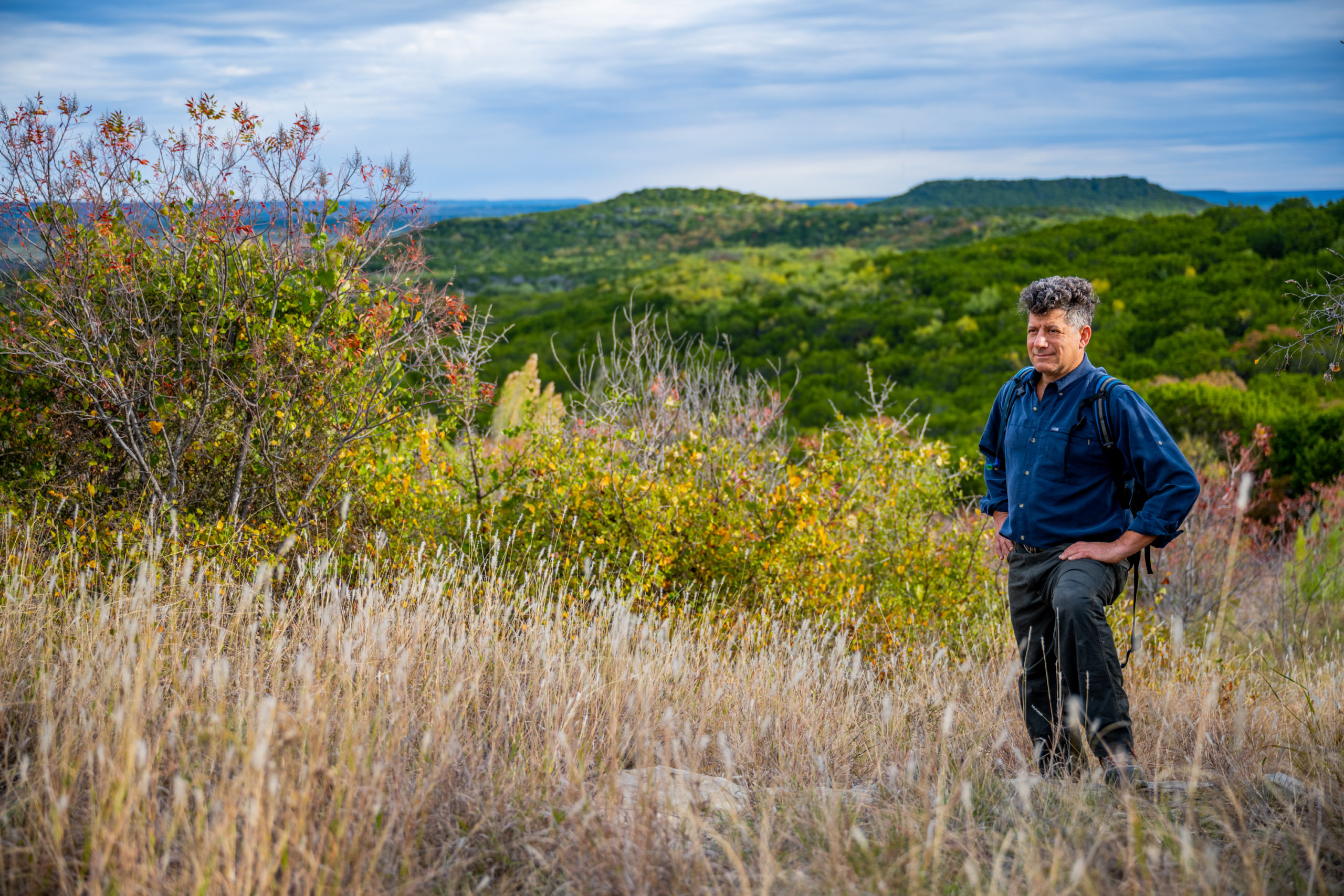
As the fire died down, I laid my bedroll out like an old cowboy and stretched out beneath the stars. As dark skies go, the Palo Pinto Mountains – the first new state park in North Texas in more than 20 years – rivals some of the state’s best. My legs were tight from a couple of hours spent mountain biking, yet I felt spoiled stretched on the ground beneath the wheeling Milky Way. Nearby ridges reached 1,400 feet creating as close to a mountain cirque as you can find within two hours of Fort Worth.
Just last fall, I spent a weekend previewing the new park and discovered more than a proverbial diamond in the rough. By bike, car and foot, alongside Palo Pinto Mountains State Park Superintendent James Adams and wildlife photographer Jonathan Vail, a colleague who works for the Texas Parks and Wildlife Foundation, we spent two full days touring 4,800 acres of undulating native prairie, timberlands, camping out and fishing. Plans call for Palo Pinto Mountains State Park to open to the public by 2023 when Texas Parks and Wildlife Department (TPWD) celebrates the centennial of Texas State Parks. The new park will be a great gift to Texans, especially those in the Dallas-Fort Worth area, who will have a convenient 75-mile drive to this outstanding property. High in the hills, the park showed off slim valleys carved by Palo Pinto Creek and seasonal Russell Creek surrounded by thick forest.
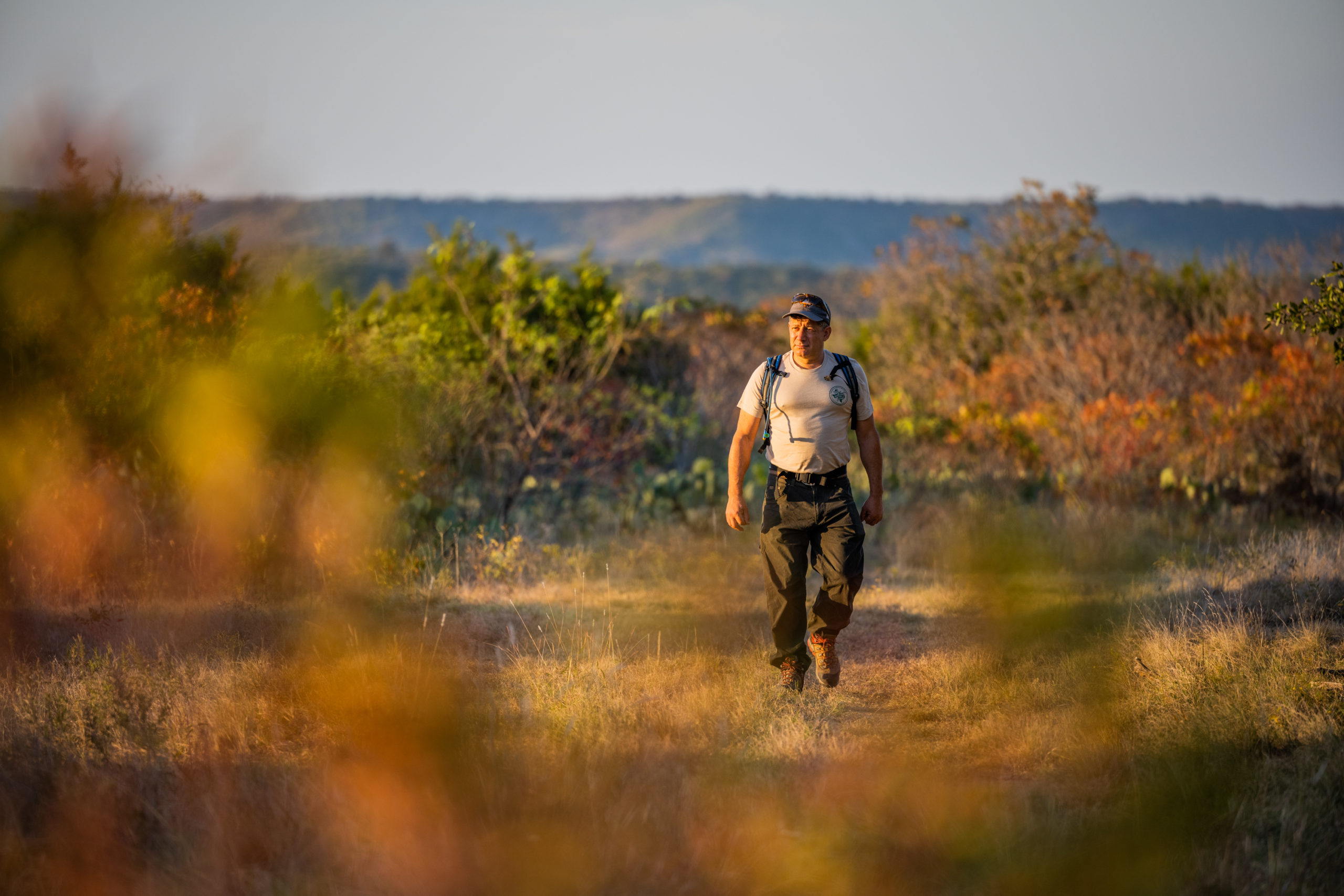
“If I get out of the car quick, cover your ears,” Adams warned us early on in the tour – because, amid the many wild charms of the surrounding landscape, the feral hogs count as perhaps the only aspect that needs to be tamed. Adams steered across the heart of the park and along its perimeter but never did pull his sidearm. Later, pedaling my fat-tired mountain bike along the same swooping ranch roads, I raced past a herd of pigs, weighing from 20 pounds to close to 200, which ran like dwarf mustang through the undergrowth of forest glades heavy with oak and ash. As most landowners and public lands advocates realize, feral hogs – descended from non-native domestic pigs – have devastating effects on plants, soil and water.
Eventually, 18 miles of trails are planned for the park, offering hikers, bikers and equestrians a real chance to spread out. That prospect, along with the possibility of many backcountry camping opportunities, had me salivating over the yet-to-be-discovered wilderness. The old ranch roads offered plenty of non-technical challenges, while hiking revealed a rugged, vertiginous landscape that certainly holds its own against similar “mountains” in the Texas Hill Country. Backpacking across those hills promises great training for Big Bend or a workout in its own right.
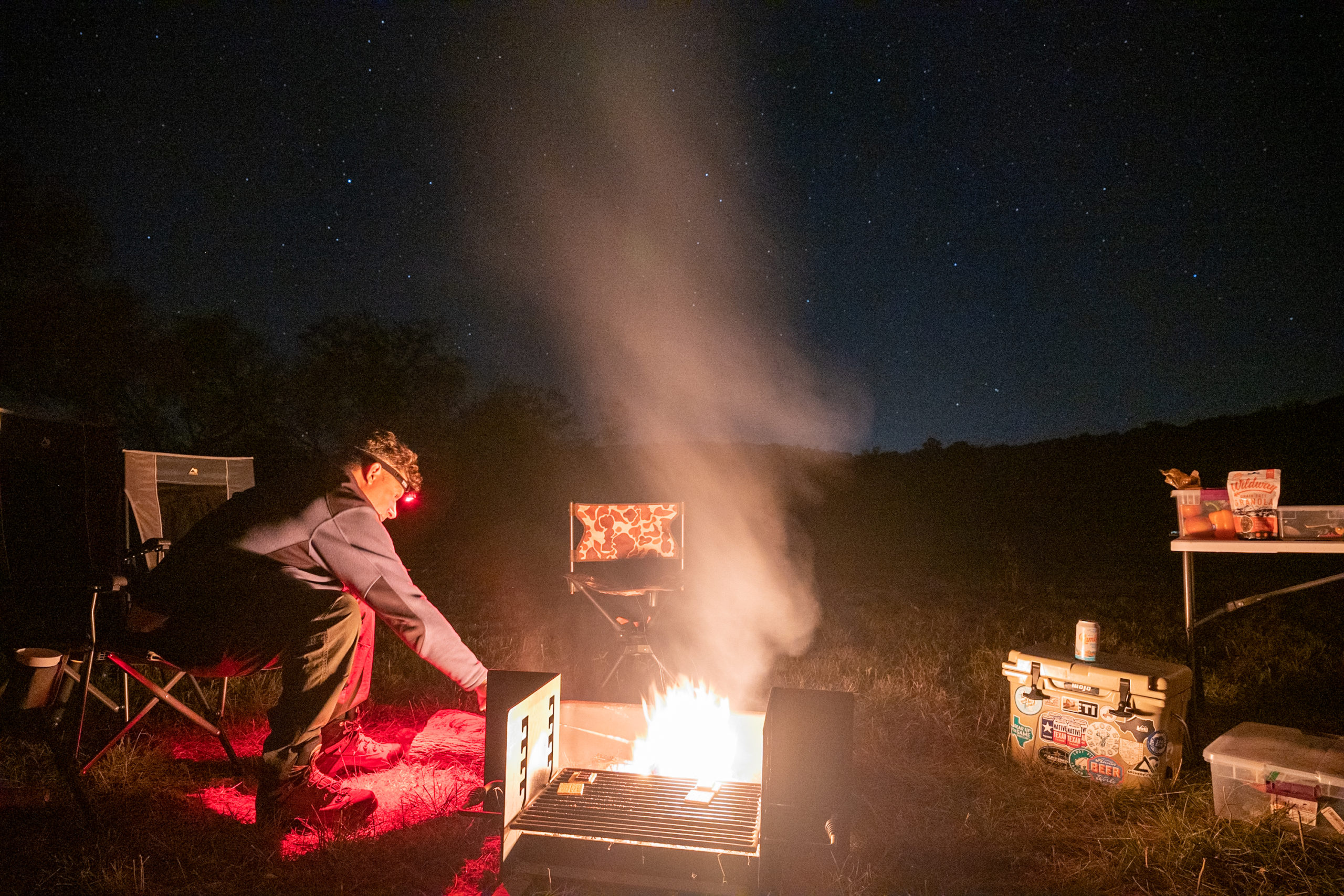
The impromptu campsite I shared with Vail sat on a clearing where the nascent park has already hosted a few star parties. If I read the blueprints right, it will eventually be a sweet spot for a pavilion. Vail woke me early to catch the morning light for a quick high-country photo shoot. Bushwhacking through cedar breaks, careful to avoid stubborn prickly pear, I saw a few mature antler sheds. Anglers and paddlers will find plenty more fun on Lake Tucker, a 90-acre reservoir.
With miles of lakefront and streamside access, my weekend stay was barely enough to take in the whole park, which boasts two sections spanning FM 2372. Access will get easier with planned improvements that strike a balance between recreational and natural resources. As Superintendent Adams points out, earlier generations of Texans from native tribes to the Texas & Pacific Railroad bent the land to their interests. Once it’s open, TPWD estimates that 75,000 visitors will enjoy the park each year, which shows just how fortunate the state has been to add Palo Pinto to the public portfolio. Under agency management, protection is assured.
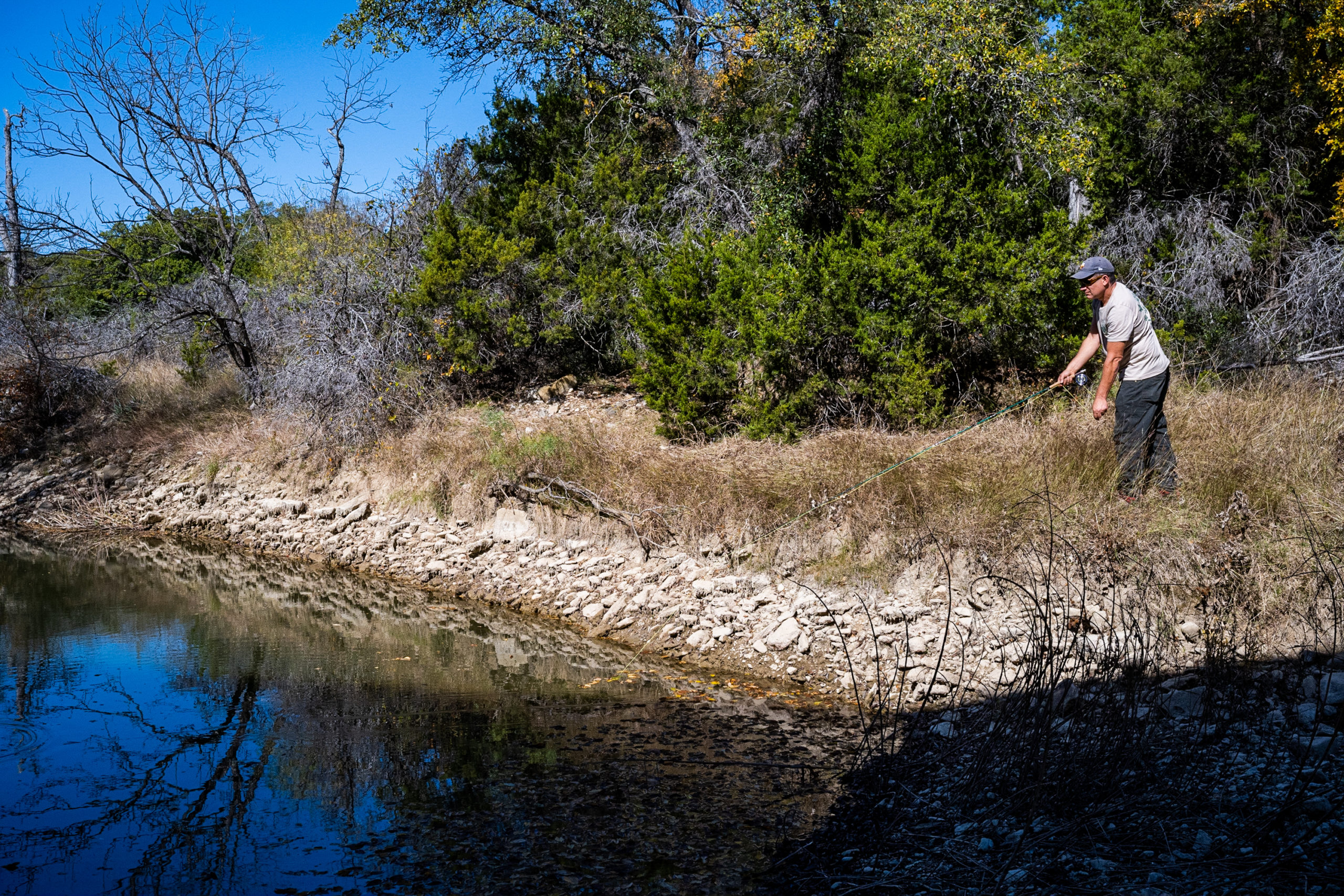
After exploring the high country, Vail and I made our way back to Palo Pinto Creek and strung a couple of creek-worthy fly rods to perform an amateur fish survey. The largest sow bass was shy, but a few feisty perch took our streamers, and a couple of small LMB found the heavy flies agreeable to play catch and release.
The fishing was a fine capper to a wonderfully wild weekend – another reason that in Texas’ galaxy of state parks, Palo Pinto Mountains will shine bright.
About the Author:
Avid outdoorsman and award-winning freelance writer Dan Oko is a 2021 We Will Not Be Tamed Ambassador for Texas Parks and Wildlife Foundation (TPWF). He channels his passion for the outdoors into his work, and his articles have appeared in a wide range of outlets including Texas Monthly, Adventure Journal, Outside, Texas Parks and Wildlife, Texas Highways and Garden & Gun. Dan loves spending time outdoors with his wife and teenage daughter, and they’ve made many memories together camping and hiking in Texas State Parks. Dan also loves fly-fishing, backpacking and mountain biking. Currently, Dan is working on a non-fiction manuscript about climate change and recreation across the Texas Coast due out in 2022. Follow Dan @danoko
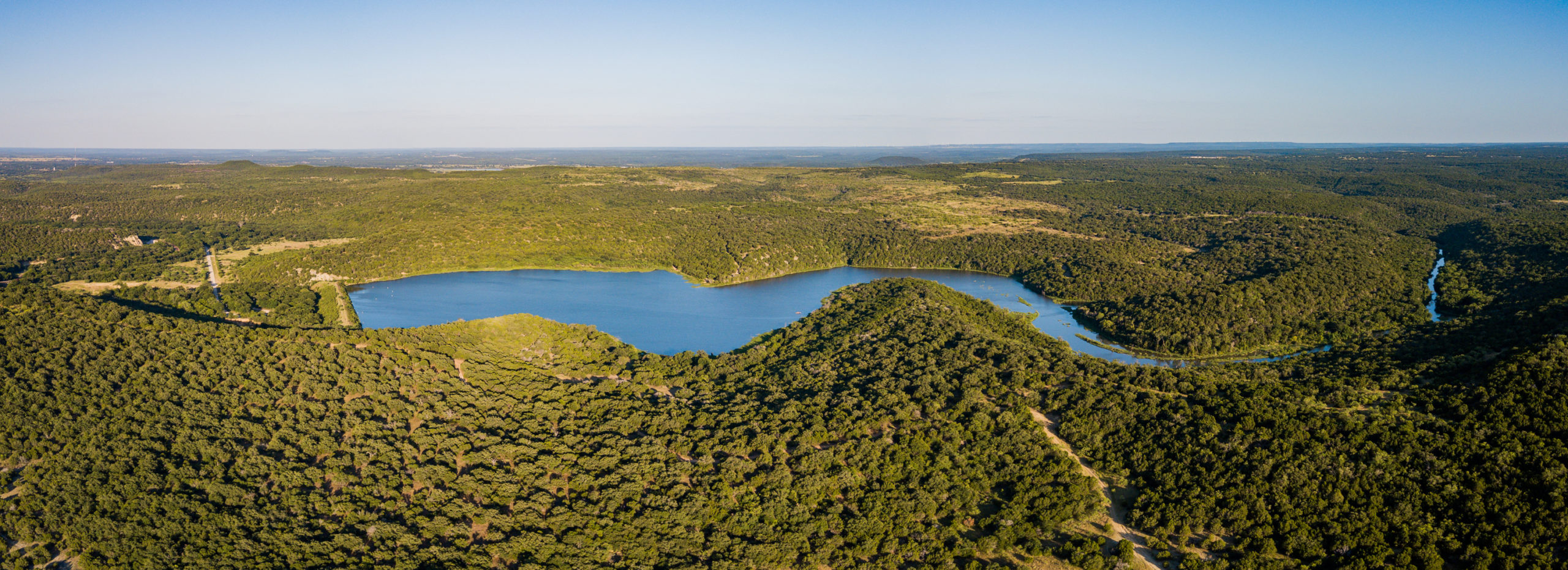
Texas Parks and Wildlife Foundation is raising up to $9 million dollars to support the opening of Palo Pinto Mountains State Park and ensure this new state park becomes a first-class outdoor experience destination for all Texans to enjoy.

